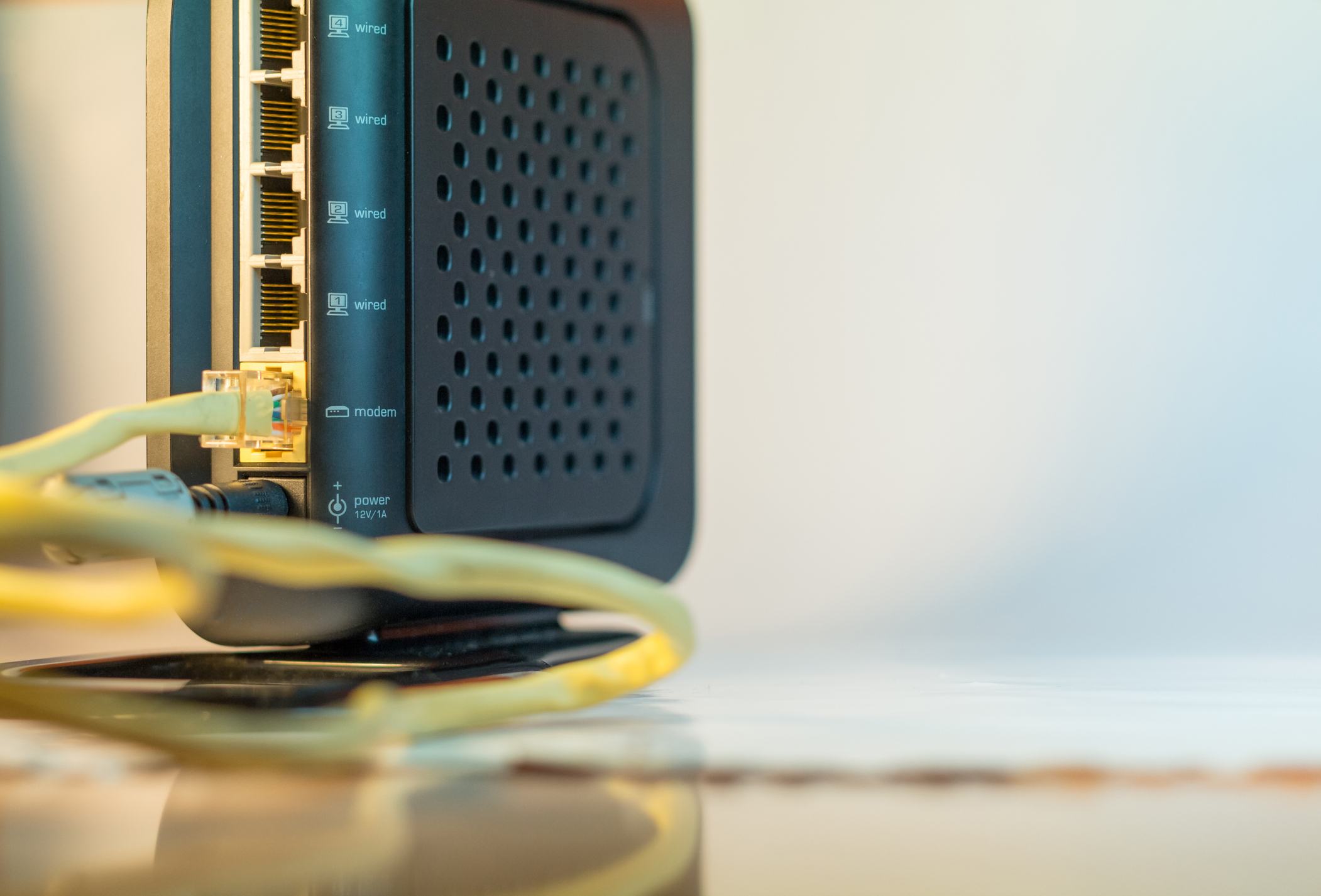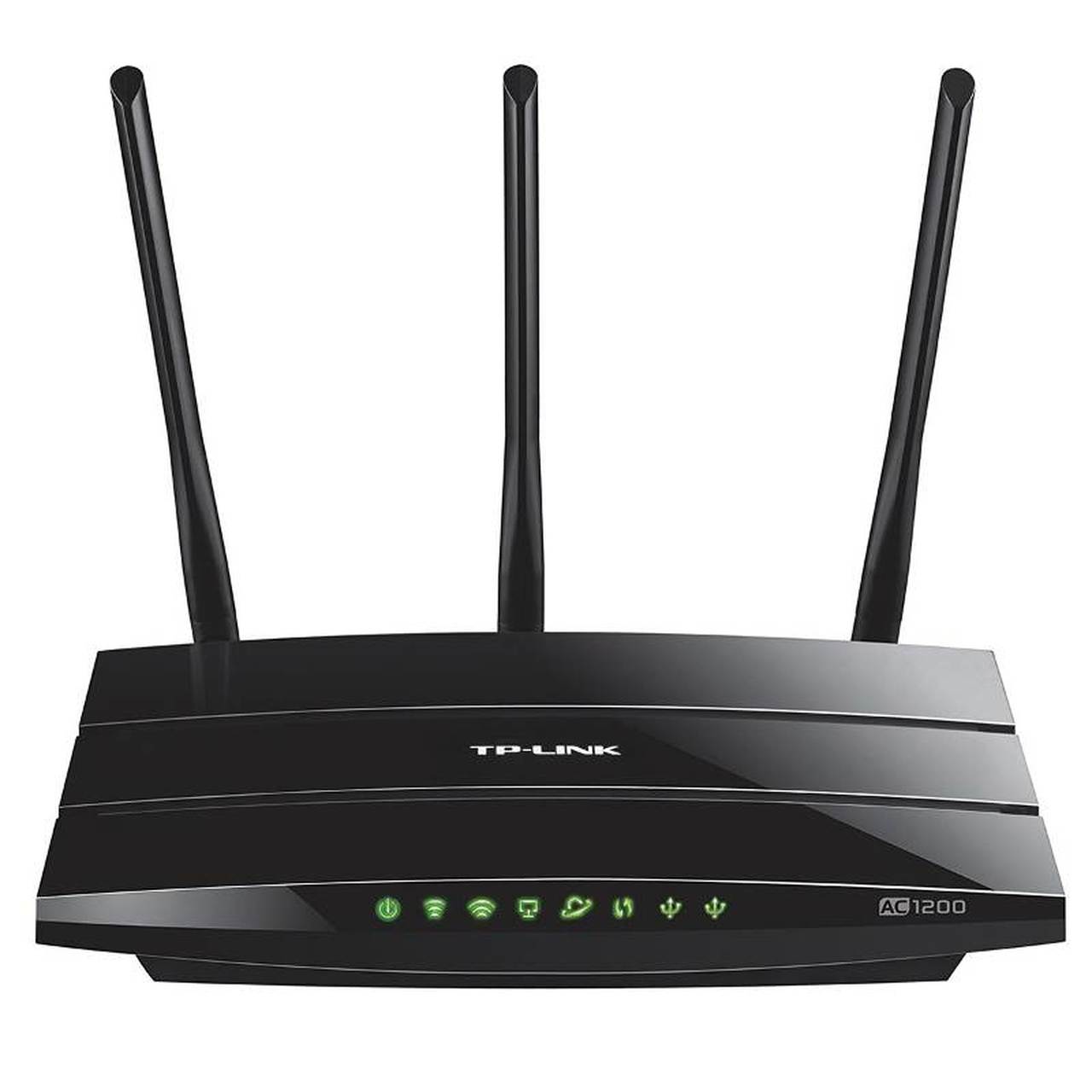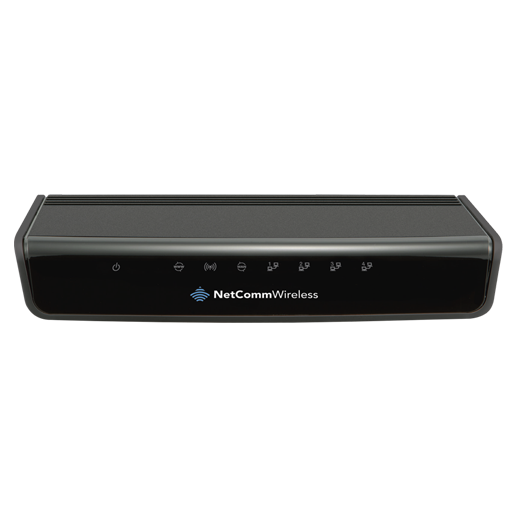TPG NBN not working? Try these quick fix solutions
Internet can sometimes be a finicky thing. The trick with troubleshooting internet connectivity issues, though, is first identifying where the problem is coming from: is it an issue inside your home network (like a modem), on the device you’re trying to connect with, or is it coming from your provider (like Optus NBN or Telstra NBN).
TPG is a no-frills NBN provider that prides itself on providing competitive pricing and reliable typical evening download speeds for its NBN plans, but none of that really matters when the ’net goes down in your home.
Here’s what you need to do to rectify any issues with your TPG NBN connection.
Basic TPG troubleshooting
- Identify whether it’s a household connection problem or a device connection problem
- Watch or read initial TPG setup guides if it’s your first time connecting
- Check here for TPG outages
- Check here for NBN outages
- Power cycle your networking equipment
- Check your TPG NBN modem-router setting
- Run a TPG speed test, ideally with an Ethernet connection
- Call TPG for guided support on 13 14 23

Identifying the connection problem
This is the most important first step that can save a lot of hair-pulling later. If your internet isn’t working on a single device but is on other devices in your home, chances are the issue is with that specific device and not your internet. If no devices are working on your TPG internet connection, it may be an issue with one of three networks: your home network, the NBN, or TPG’s network.
If the issue is with either NBN or TPG, you can call TPG on 13 14 23 to find out appropriate support steps or find out how long the outage might be. Alternatively, read on for the steps you can try before calling.
TPG initial NBN setup
If this is the first time you’re using a TPG NBN connection, there are TPG-provided videos you can watch to get your initial setup right:
- Fibre-to-the-Premises
- Hybrid Fibre Coaxial
- Fibre-to-the-Curb
- Fibre-to-the-Node
- Fibre-to-the-Building
- Fixed Wireless
You can also find dedicated written guides for all of these NBN connection technologies here.
Checking for TPG outages
TPG has a dedicated page to check whether there’s an outage affecting your area. Visit the TPG Service Status page to check for any relevant NBN issues (or any other types of TPG-related issues for that matter).
If there is an outage, click on the ‘Reported Issue’ link next to the corresponding type of TPG internet connection you have (NBN or otherwise). This will let you filter through current outages, outages in the last 24 hours, and planned maintenance (which will likely lead to a future outage). You may have to scroll to find an outage that’s affecting your area. If there is a recorded outage, it will give you information on when it started and its estimated restoration time and date.
TPG colour codes its outages in terms of severity:
- Red = Critical
- Blue = Major
- Yellow = Intermittent
- Green = Scheduled or planned maintenance
TPG speed test
If you’re suffering from sluggish internet on your TPG connection, power down or disconnect all devices except for one, then visit the TPG speed-test page. Running this speed test from a single device, preferably one connected to your modem-router via Ethernet cable, and recording the results will help when troubleshooting speed problems with TPG.
Checking for NBN outages
NBN Co has a dedicated page for checking NBN outages. Type in your address and click on the yellow ‘Check address’ button to see if there’s a current outage in your area or any planned network maintenance in the next 10 days.
Router troubleshooting steps
There are modems, there are routers, and there are modem-routers. To read all about the differences, visit our dedicated page. If you’ve signed up to TPG recently, you may have been provided with a preconfigured wireless four-port NBN modem-router.
You want to check out the lights first. Depending on your NBN connection type – you can find out what you have by punching in your address on the NBN homepage – you may need to pay attention to the DSL light (Fibre-to-the-Curb, Fibre-to-the-Basement and Fibre-to-the-Node) and the internet light. Otherwise, the internet light should be green. In general, red lights or no lights is a bad thing, and you should call TPG on 13 14 23 if you experience them.
Power cycling your modem-router
Have you tried turning it off and on again? It turns out this recurring gag in The IT Crowd has a lot of truth in it when it comes to troubleshooting networking problems. If you have widespread connectivity options in your home, you should power cycle your networking equipment. For a TPG NBN connection, this is likely the modem-router that TPG provided when you signed up.
If it’s not, power cycle by powering it off for one minute (push the power button or disconnect the power cable), then power it back on. If this doesn’t fix your internet issues, call TPG on 13 14 23. They’ll likely ask you to connect a computer directly to your modem-router with an Ethernet cable so, if possible, do this before contacting them.
TPG NBN modem-router settings
Mercifully, TPG provides its modem-routers preconfigured to have you up and running out of the box. But in the event that something goes wrong, there are troubleshooting steps you can try to get reconnected. These are considered more advanced steps and you should only try them from a computer, ideally connected to your modem-router via Ethernet, and only if you’re confident with this level of PC troubleshooting. If you’re not, call TPG on 13 14 23 for further assistance.
These steps should still work if you have an active wireless connection to your TPG modem-router, but a wired Ethernet connection is faster, more reliable and isn’t reliant on active WiFi connectivity.
Set up modem-router on PC (Windows 10)
- Hit the Windows key and type ‘settings’
- Select ‘Network & Internet’ from the Settings pop-up window
- Select ‘Ethernet’ or ‘WiFi’
- Select ‘Change adapter options’ on the right-hand side of the screen
- Right click on the connected Ethernet or WiFi adapter (it won’t have a red cross next to it)
- Select ‘Properties’ from the drop-down menu
- Double-click on ‘Internet Protocol Version 4 (TCP/IPv4)’ or select it and choose ‘Properties’
- Select the radial option for ‘Obtain an IP address automatically’ and ‘Obtain DNS server address automatically’
- Hit ‘OK’ (even if those options are already selected)

TP-Link C1200 settings
These settings are for Windows 10 PCs, but you can visit this TPG support page if you’d like to know the slightly different steps for earlier Windows operating systems. You can also find steps on the following page for how to configure a TP-Link VR1600v modem-router. There’s also a full guide to TPG-provided networking equipment here.
What TPG modem-router do I have?
The easiest way to tell what networking equipment you’ve received from TPG is to refer to the documentation that came with the modem-router, the initial email that mentions the device, or by finding the sticker beneath the modem-router that will have the model number.
Realistically, you really should only be dealing with one of five potential NBN modem-routers from TPG:
TP-Link C1200 configuration steps
- Open a web browser and type either 192.168.1.1 or http://tplinkwifi.net into the address bar, then hit Enter
- You should see a username/password screen. Enter ‘admin’ for both
- Select your Time Zone, then select ‘Next’
- Select ‘PPPoE’, then select ‘Next’
- Input your TPG username and password, then select ‘Next’
- You can change your WiFi login settings on the next screen, but leaving them as default will match with the Wireless Password/PIN on the sticker beneath your modem-router
- Select ‘Next’, then select ‘Finish’

Netcomm NF7 and NF12 configuration steps
- Open a browser and type 192.168.1.1 into the address bar, then press Enter
- Use the default ‘admin’ for both username and password on the login pop-up window (unless you’ve manually changed it)
- Select ‘Quick Setup’ under the ‘Basic Setup’ option on the left
- Enter your TPG username and password, then choose ‘Next’
- The next screen lets you update your WiFi username and password. By default, the ‘WPA/WAPI passphrase’ is your TPG password
- Select ‘Next’, then the next screen lets you change the modem-router password. If you do, make a note of it (this is separate from your TPG password)

Changed your TPG password?
If you’ve changed your TPG password for security reasons, you may have to update your password in the TPG modem-router to get back online. You can change your TPG password by following this link. It will take around 10 or 15 minutes to kick in. Follow the modem-router steps above to change your TPG password in your TPG-provided modem-router.
Related Articles




